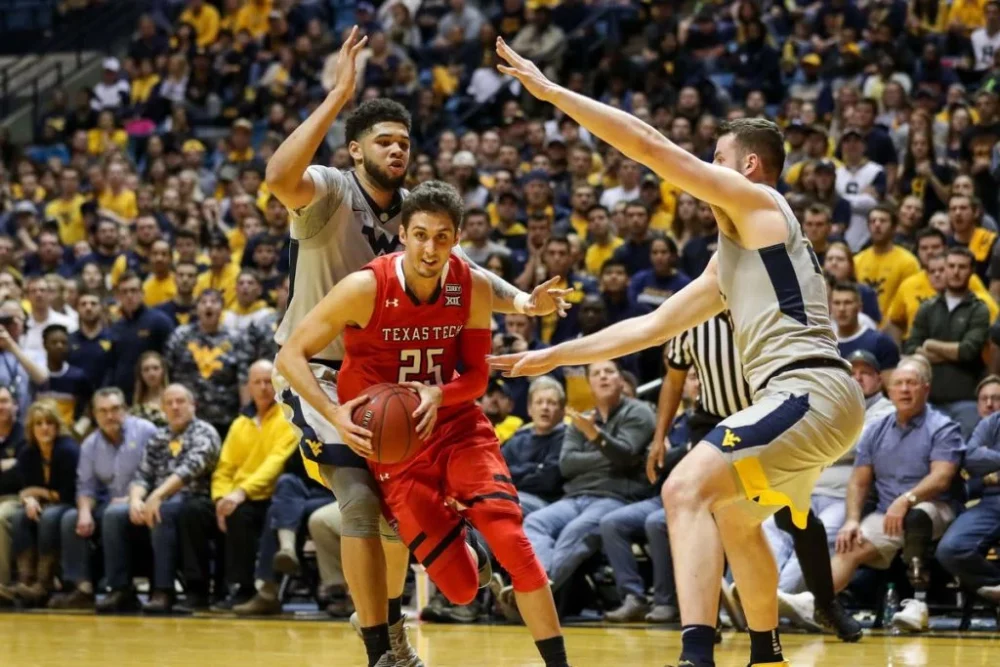The modern sports fan expects immersion – instant replays, multiple angles, and seamless switching on any device. Low-latency video solutions power this shift, enabling broadcasters, leagues, and venues to deliver interactive live experiences that captivate audiences.
Professional clubs also benefit, accessing synchronized visual angles and data for pregame planning, in-match tactics and postgame analysis.
Real-Time Engagement
Even a few seconds of delay can disrupt social interactions and rob fans of the shared thrill. By reducing latency to sub-second levels, low-delay architectures let viewers witness game-winning plays in sync with stadium crowds, strengthening emotional connections and sparking wider organic engagement.
Multi-Angle Immersion
From drone panoramas to player-mounted cams, multiple feeds enrich the narrative. Low-latency infrastructures synchronize these sources, so fans can switch instantly between bird’s-eye, close-up, or wide shots without buffering or audio lag. This control transforms viewers into active participants, deepening their connection to the action.

Consistent Cross-Platform Delivery
Fans watch on TVs, tablets, smartphones, or wearables – often all at once. Low-latency solutions use adaptive streaming and edge computing to match bitrates and resolution to each device and network, ensuring smooth, high-definition coverage whether at home, travelling or commuting, away from their home or in the stadium lounge.
Interactive Second-Screen Features
Near-zero delay underpins live polls, stats overlays, and social media integration. Imagine voting in real time for the next camera focus or accessing instant replays with no wait. Flawless interactivity keeps viewers engaged longer and makes them part of the broadcast.
New Revenue Through Loyalty
Highly engaged fans are likelier to upgrade to premium tiers, buy pay-per-view events, and respond positively to in-stream sponsorships. By consistently delivering fast, seamless, and interactive broadcasts, content providers can unlock innovative monetization while building lasting brand affinity.
As sports broadcasting evolves, low-latency video sits at its core – minimizing delays, enabling multi-angle storytelling, and powering interactive features that keep fans returning for more.
Choosing the Right Technology for Seamless Sports Broadcasting
In sports broadcasting, RF (radio frequency) transmission and bonded cellular technology each offer distinct advantages. RF transmission provides ultra-low latency and stable, high-quality video feeds, making it ideal for controlled environments like stadiums with established infrastructure. Conversely, bonded cellular technology aggregates multiple cellular networks to deliver reliable, high-bandwidth connectivity, offering flexibility and rapid deployment in diverse or remote locations. This makes it particularly effective for field production, sideline coverage, and as a backup solution. By combining both technologies, broadcasters can ensure seamless, high-quality live sports coverage across various scenarios.
The Vislink Edge: Advanced Technology, Trusted Expertise
At Vislink, we engineer solutions tailored to the demands of live sports and mission-critical applications. Our low-latency encoders and secure transmission protocols deliver consistent performance, even in unpredictable environments, so you never miss a moment.
- Seamless IP Integration: Optimized for modern broadcast networks and IP-based workflows, ensuring effortless deployment.
- End-to-End Encryption: Robust security measures protect streams against interference and unauthorized access.
- Adaptive Transmission: Smart algorithms adjust to changing network conditions, maintaining crystal-clear video quality.
In high-stakes arenas, latency isn’t just a technical metric; it’s the cornerstone of reliable, real-time communication.
You can learn more about Vislink’s solutions for live sports broadcast here.